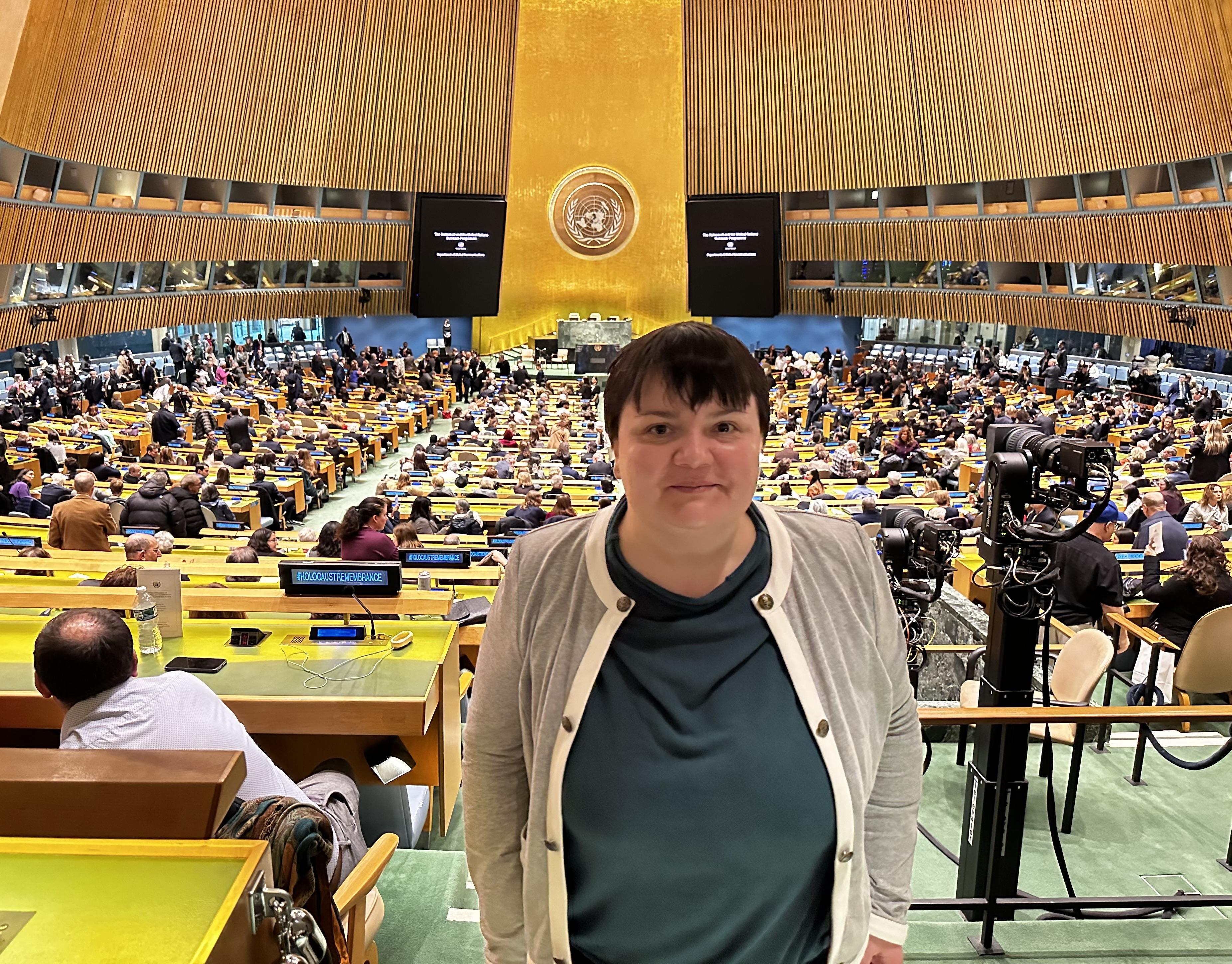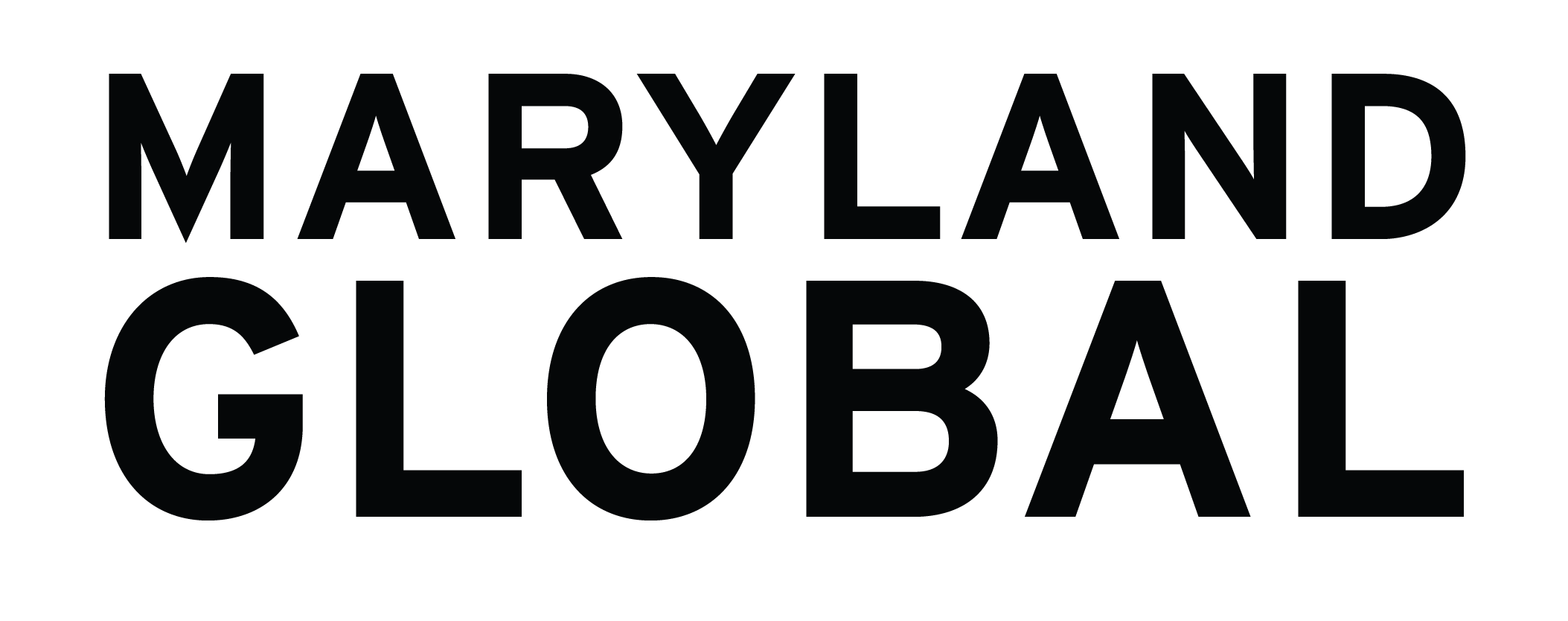
1. For those who may be unfamiliar with you and your work, can you share a little bit about yourself, your research interests at UMD, and the scope of your Fulbright?
I’m a Fulbright scholar from Belgium and my home university is the University of Louvain. I received a Ph.D. in history from Université Libre de Bruxelles with a thesis about “Policy of ‘Roma villages’ in Bessarabia under three administrations: Tsarist, Romanian and Soviet. 1812-1956.” My present research work is at the intersection of three fields: history, anthropology and ethnomusicology. The last one is an important part of my research project. The research exchanges with Prof. Siv B. Lie from UMD, along with the access to different American Research Centers and Libraries known worldwide, is the best combination I could possibly hope to carry out this research project.
2. How would you describe your work/project to someone who isn't familiar with your field?
My research work is about performance, policies and ethnicity in the Soviet Union with a special interest in Roma performers. Roma people are known under different names given by others. The most known name in English is “Gypsies” which is almost never used in Academia because of the pejorative sense that it takes.
3. What inspired you to start this process of becoming a Fulbright participant? What was your process in approaching the application?
For at least 20 years, I have known about the Fulbright program and wanted to apply for this exceptional scholarship. Three years ago, I started to learn more about the program and to attend different webinars about and how to apply for a Fulbright scholarship. I was really conquered by the philosophy of this exchange program. To be a “cultural ambassador” of my country in the USA and thereafter the “cultural ambassador” of the USA in my home country is very appealing to me. It is a wonderful way to discover, learn, and share about people, places, and cultures alongside my professional and research project. Another reason to apply was to be able to share this extraordinary experience with my seven-year-old daughter who is living fully this cultural and linguistic immersive experience.
4. In what ways does your work contribute to supporting the common good?
I hope that my research work will contribute to a better understanding of communities about which we think we know a lot but actually know very little.
5. What has been the most surprising thing you've found in your research and or scholarship at UMD?
Probably the most impressive thing for me is the Clarice Smith Performing Arts Center of UMD, to which I’m affiliated during my Fulbright scholarship. As a historian, being able to carry out research with scholars from sciences, humanities, and performing arts on the same campus (what a campus!) in a motivating environment has been one of my revelations during this academic stay.
6. How do you plan to carry forward what you learned and the relationships you've formed while abroad?
This Fulbright scholarship at UMD is giving me a welcome refreshment of my academic background. I am really enthusiastic about the perspective of continuing collaborations that have been initiated during my scholarship.
7. For others that are interested in becoming Fulbright participants, what advice do you have for them?
Go for it! Being part of the Fulbright program is an amazing opportunity. More than a program, it is a community. And being part of this community is striving for excellence in everything you do.
_____
Visit our Fulbright Scholars gallery to meet our fearless scholars engaging with the world. For general program information and application guidance, visit our "How to Fulbright at Maryland" section at the bottom of the page.
